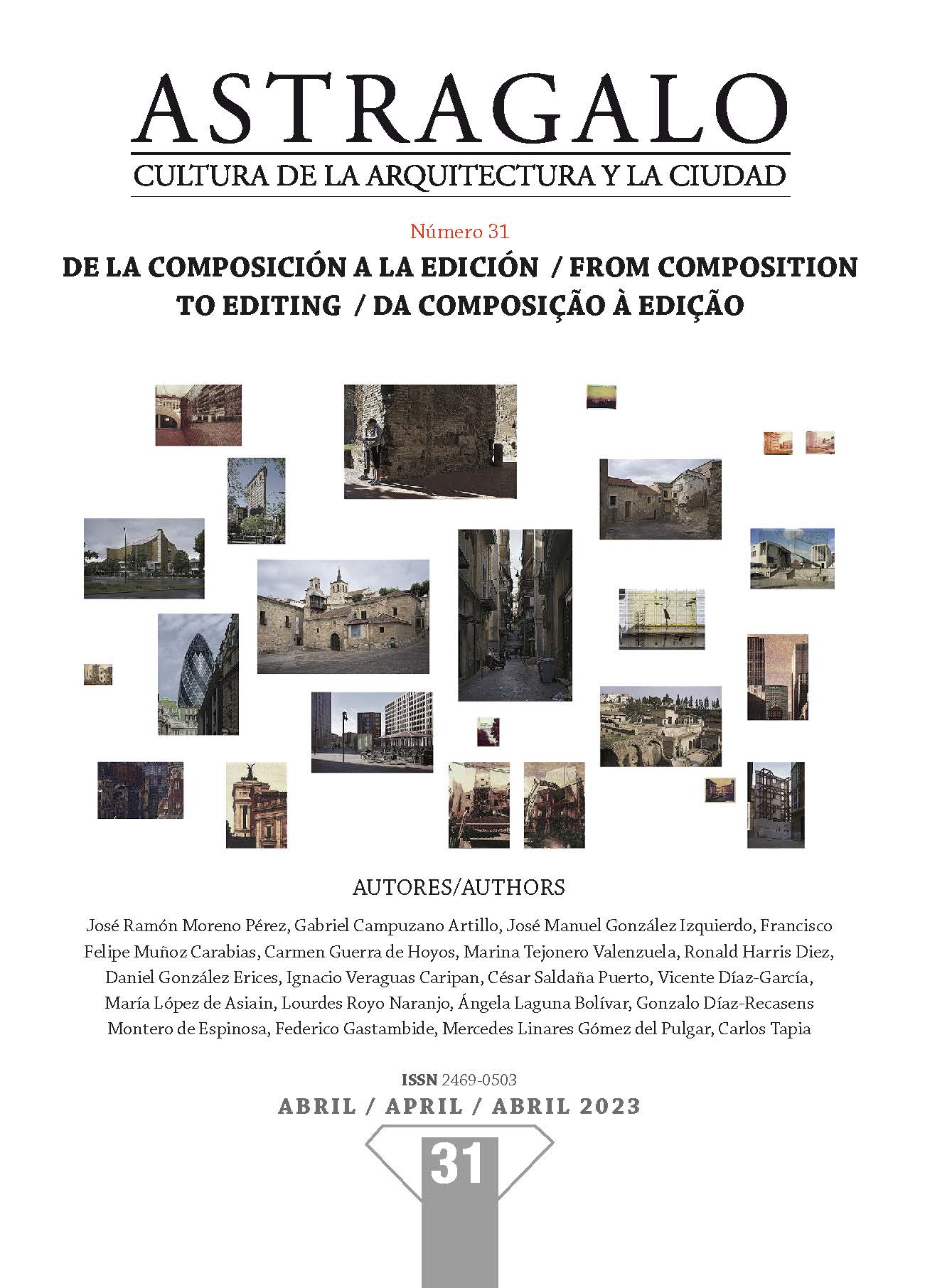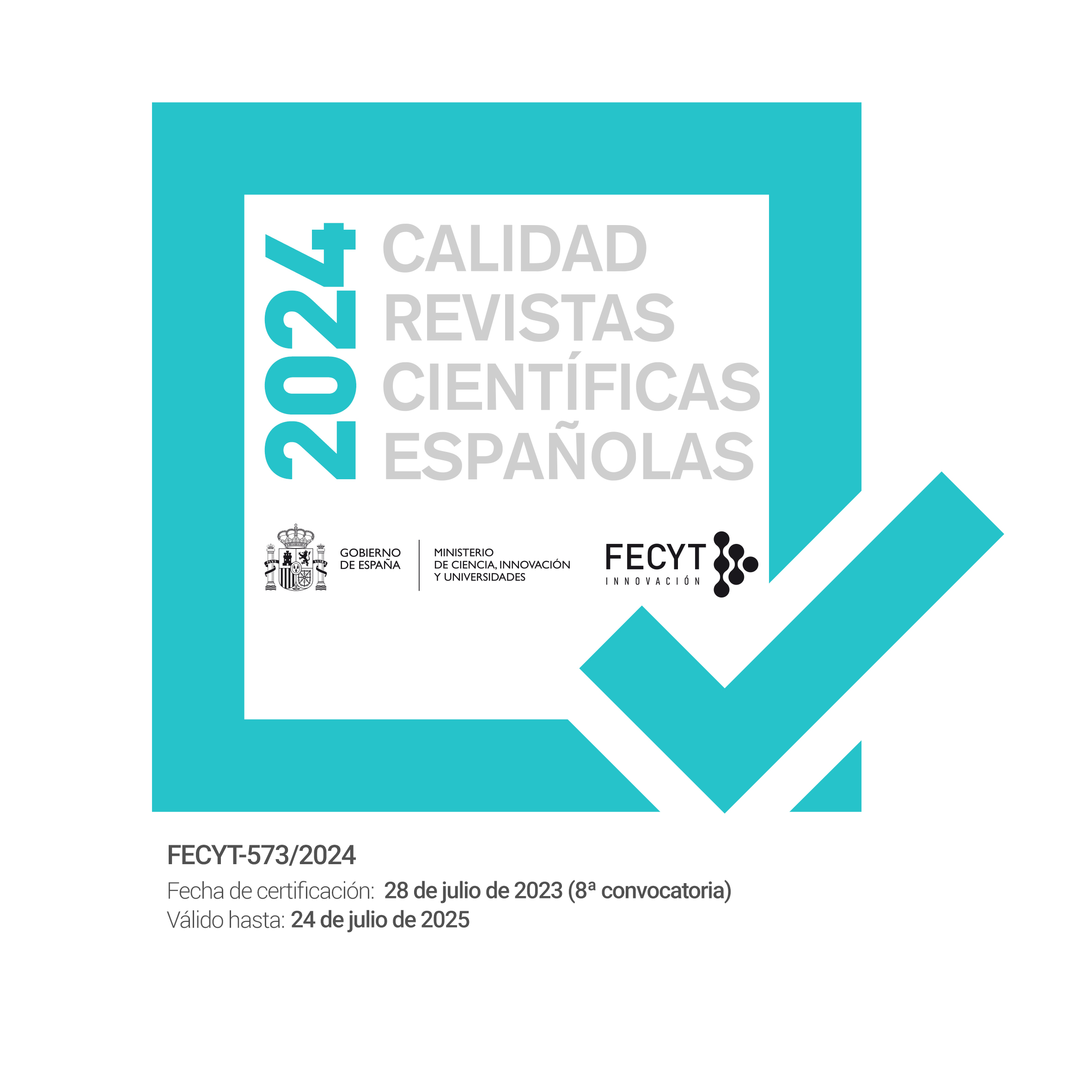Vol. 1 No. 31 (EXTRA) (2023): From composition to editing. la edición.

The transition between globalisations has been experienced in the field of architecture unconsciously, randomly and collected by a multiplicity of insufficient and partial responses, in a complex process mediated by the obligatory incorporation into contributory and productive networks. We would say that, without hardly feeling it, contemporary architecture has been subjected to a process of continuous editing by external agents who have seductively dictated its inexcusable adaptation to their languages, their presentations, values and procedures. In its tour de force, with these external requirements that sought to insert it into an interior even more powerful and enveloping than its own, architecture has mutated into a body, traversed by multiple practices, that is never capable of showing anything but a hologram of its appearance, in which the memory - or at least the traces - of its historical natures are incorporated.
The call that we have entitled "from composition to edition", delimits a space of contributions that is undefined in its own limits, unless we investigate the reality of both. Thus, composition as a concept of order and power, of hierarchy and system, would have been deconstructed by a complex practice full of singularities and essays, which provide the first trace of an unconscious mutation and, from the other extreme -if it really is-, we would have converged on the considerations of fluidification of the preceding categories: order, system, hierarchy..., to insert the monstrous body of the architectural into a symbiont as a production proper to post-production that would shape it in the contemporary support of communicative materiality.
We are aware that the call for this monographic issue of Astrágalo is aimed at contributions that act reflexively on this growing complexity, of which it is impossible today to implement a characteristic entity, but whose state encourages an open debate attentive to other positions, in which crossroads can be guessed at as a result of the confluence of the paths opened up by a research seduced by the very object it is incapable of shaping. This would at least encourage an incipient topology of the quotidian in which it would be possible to glimpse ways back.













